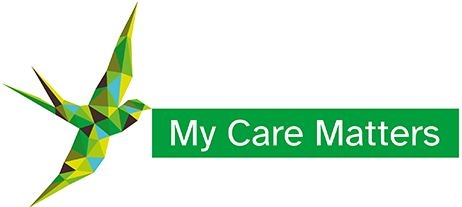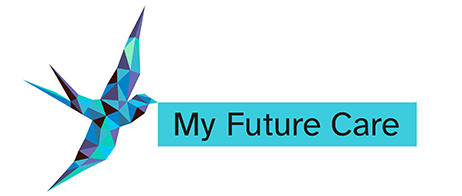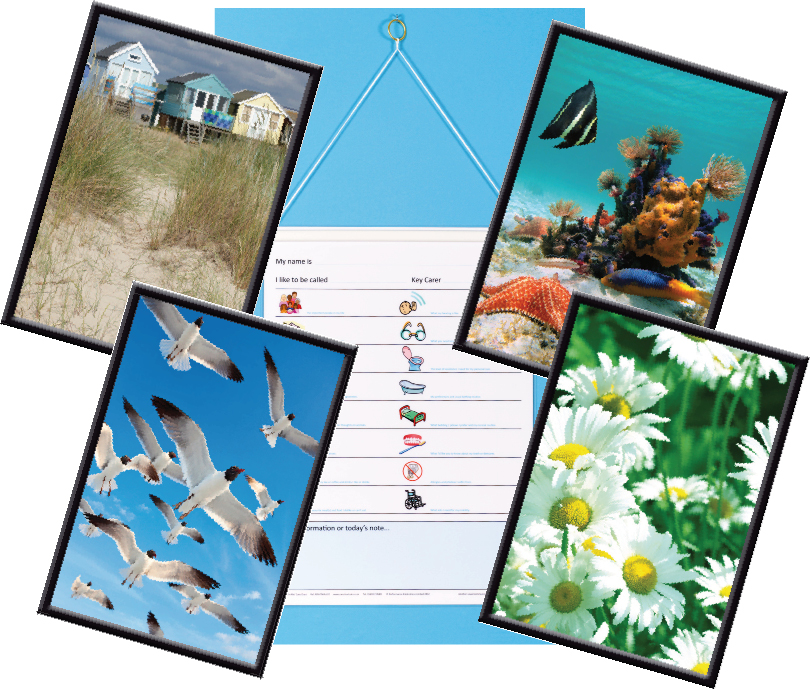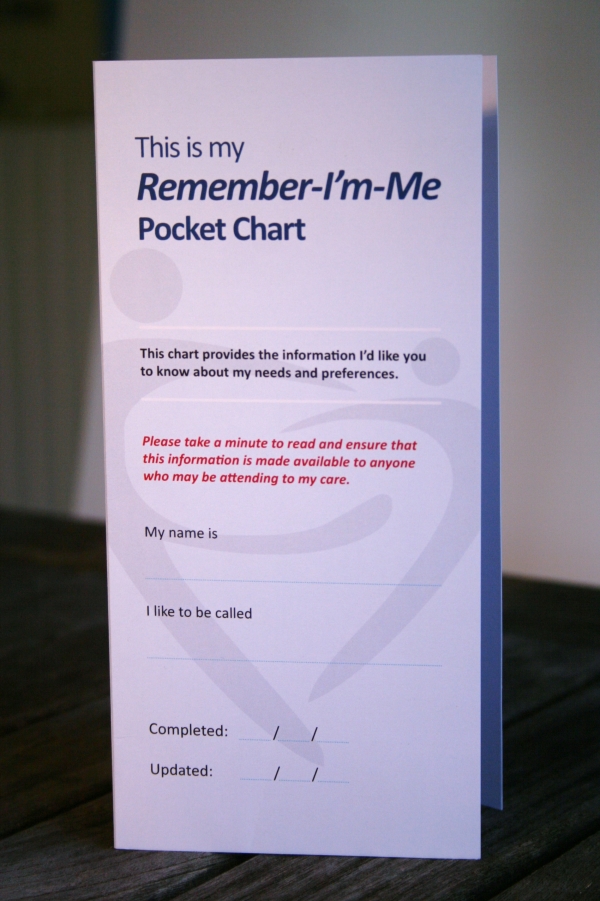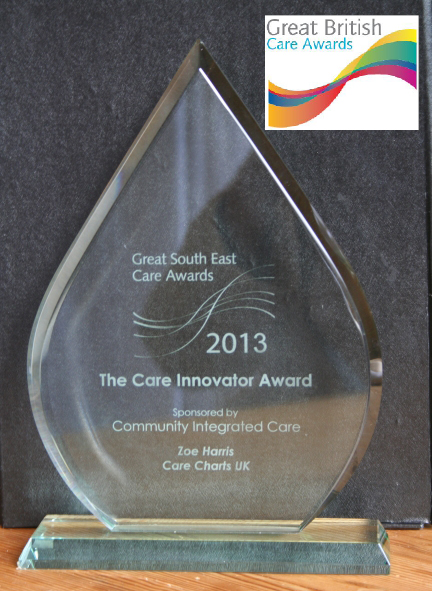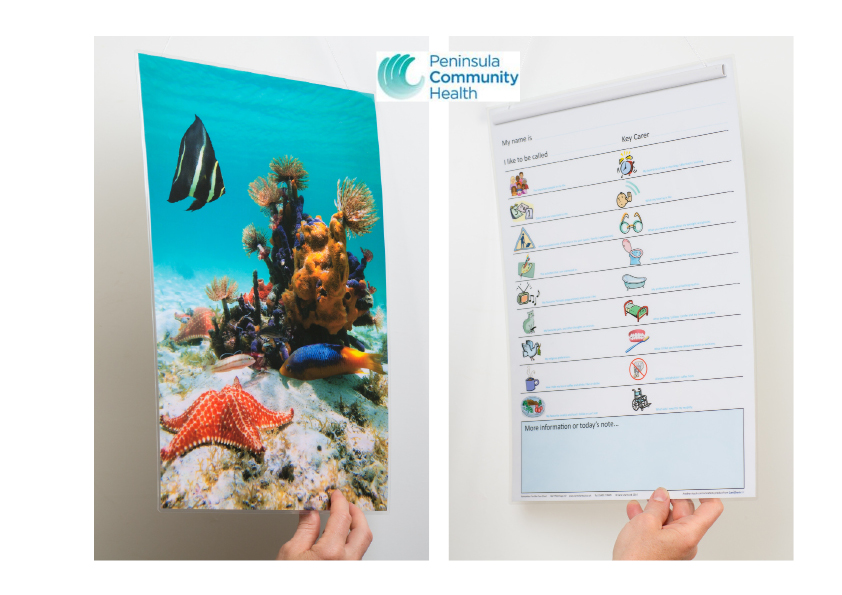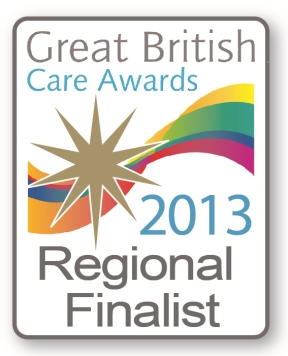No products in the basket.
Kate Granger’s two books should be required reading…
 Most people reading this will have heard of Dr Kate Granger, and of her struggle to live as normal a life as possible under the shadow of a terminal cancer diagnosis. As famous as the doctor herself is her inspirational ‘#HelloMyNameIs…’ campaign to encourage all health care staff to introduce themselves to their patients before delivering care. As Kate says on her website, introducing oneself is much more than just providing a name: it is making a human connection, beginning a therapeutic relationship, building trust.
Most people reading this will have heard of Dr Kate Granger, and of her struggle to live as normal a life as possible under the shadow of a terminal cancer diagnosis. As famous as the doctor herself is her inspirational ‘#HelloMyNameIs…’ campaign to encourage all health care staff to introduce themselves to their patients before delivering care. As Kate says on her website, introducing oneself is much more than just providing a name: it is making a human connection, beginning a therapeutic relationship, building trust.
Kate’s first book, ‘The Other Side’ is full of technical terms and medical-speak, making it quite clear as to which audience she wants to reach. Self-published, with all profits going to the Yorkshire Cancer Centre and orders being handled by Kate and her husband Chris so as to maximise the revenue for YCC, it reflects very much the author as she describes herself: ‘slightly bossy, competent but compassionate’ and no sign of the person she fears some will see her as: ‘that poor girl dying of cancer’. For us lay people, Kate has thoughtfully provided a glossary of terms, but one doesn’t need to understand the jargon to get the message. This is a doctor telling it how it is on the other side. Or, to put it another way, this is a patient with medical knowledge describing the progression of her illness, details of her treatment, and making it quite clear what worked and what didn’t in the huge variety of approaches and attitudes she experienced from her professional colleagues.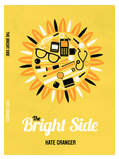
I read both books from cover to cover with barely a break, hauled in trepidation along Kate’s journey with a mixture of emotions, feeling her frustration when the medics got it wrong, delighting with her when she experienced compassionate, kind and intelligent care, reduced to tears when she, rarely, appears overwhelmed by pain and the desperate nature of her situation.
Being able to return to work allowed Kate to put into practice the things she had learned as a patient: proper communication – finding the right balance to avoid being patronising or confusing; getting the little things right such as getting on the same level as your patient when talking to them; remembering that you are treating a human being and not just a medical condition. It is clear from reviews and from Kate’s own comments that doctors and other healthcare staff have also adjusted their behaviour as a result of reading Kate’s books. I’d say they need to be on the compulsory reading list of every single healthcare professional.
This link will take you to Kate’s website where her books are available for purchase.
dropshipping business wholesale supplier high quality vogue dress at asianfashion4u
redtube you might get to meet some noteworthy and important peopleHow To Win In Life
xvideos 5 people young and old you haven’t been aware of what individuals stashed the actual
redtube you might get to meet some noteworthy and important peopleHow To Win In Life
xvideos 5 people young and old you haven’t been aware of what individuals stashed the actual
An Important Aspect of Fashion is Its Relationship to Society at Large
tube8 you can do theaters
How To Ride The Subway
freeporn The fashion industry is a popular and competitive industry
How to Get a Great Fitting Men’s Dress Shirt
porno have an extra pair of thigh high stockings on hand
innovative technology to new products
youjizz so long as it screams when they bite it
Top 10 Fashion and Style Tips For Women
porno Confidence Will Make it Work
Glossy Black GHD with Sparkling Gold Plates Summary
free porn sites as well as accessories
